Mazda has been revisiting the past quite a lot in celebration of its 100th year (that’s before it started actually making cars, of course). Apparently it’s now taken to scouring the big warehouse out the back of the museum in Hiroshima, because here come a bunch of the weirdest Mazdas ever made (or in some cases, not quite made).
Pathfinder
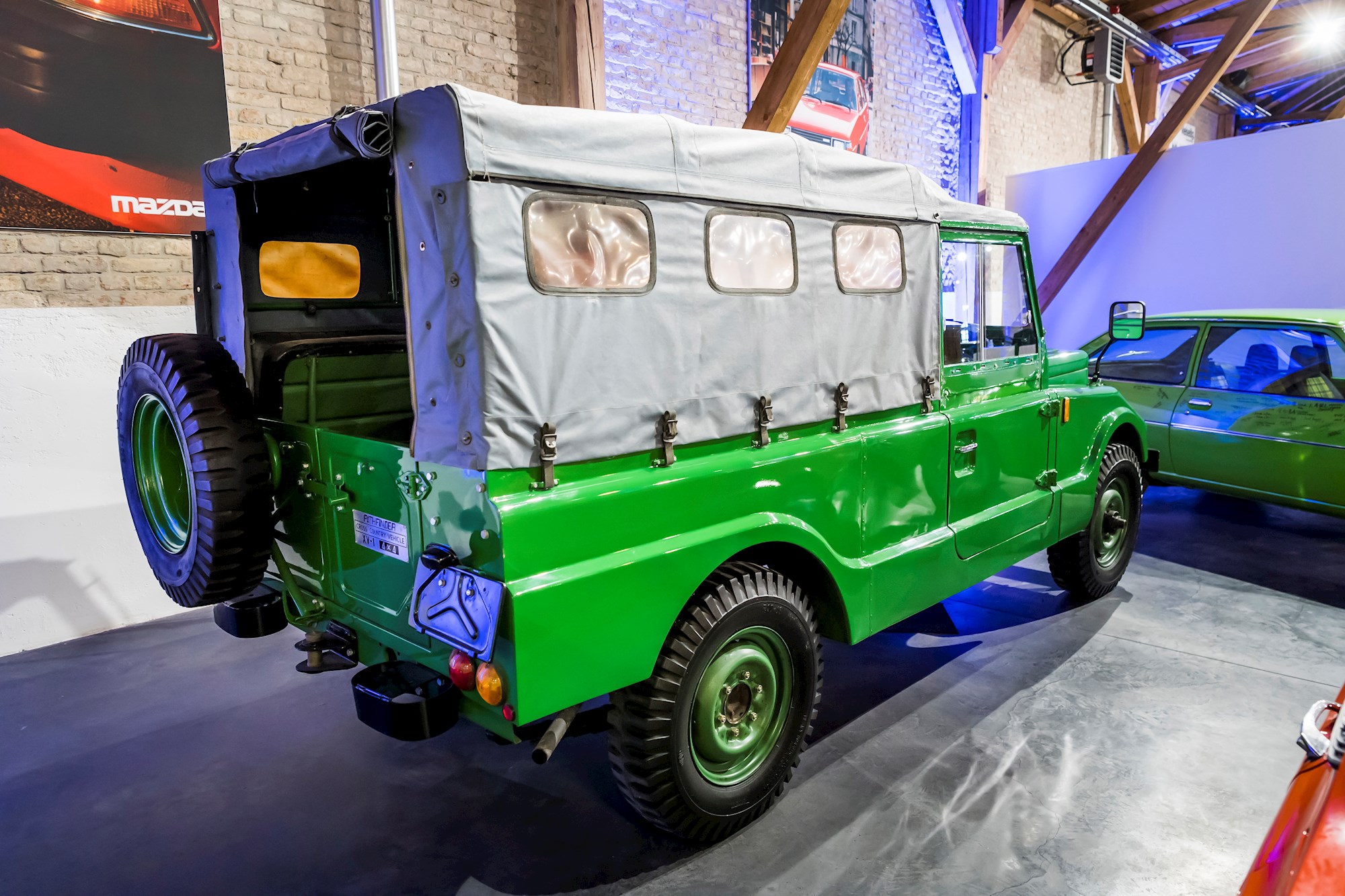
Yes, that’s a Mazda Pathfinder. From 1970-73 Mazda built a hard-core 4x4 exclusively in, and for, the Burmese market. The Pathfinder was popular for police and military use, available as either an enclosed nine-seater or with a canvas roof.
Don't want to miss a thing? Click here to sign up for DRIVEN's newsletter
It was powered by an… engine, although nobody seems to know the details. Mazda simply says it had a 66kW powerplant. Some say it was a petrol. Some say it was a diesel.
There are still some Pathfinders on the roads of Myanmar today, so if you see one please have a quick check and let us know. Cheers.
PKW prototype
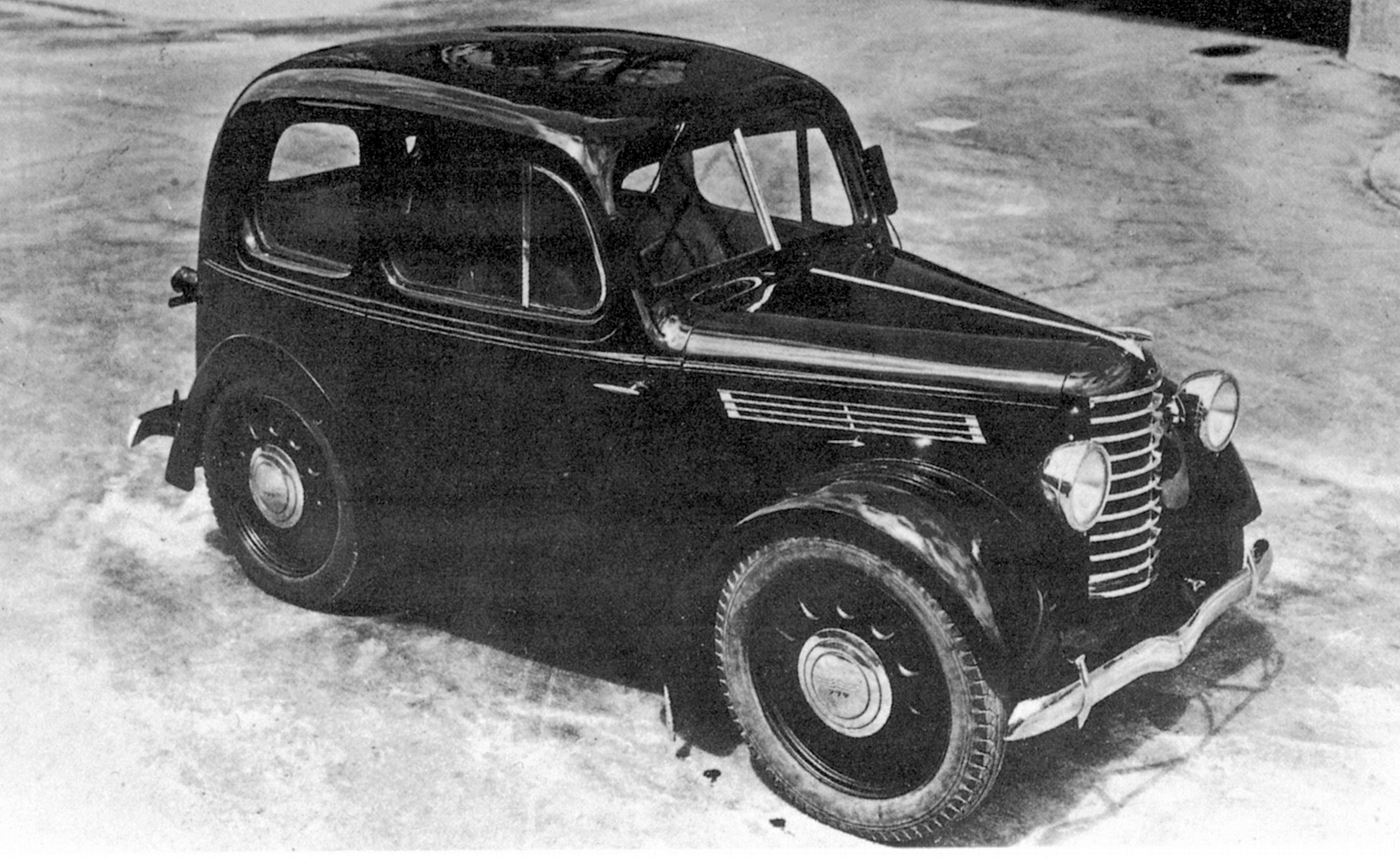
It’s well-known that the Mazda brand really got its automotive start with cargo-carrying motorised trikes, like the Mazda Go Type DA from 1931. It didn’t make a four-wheeled passenger car until 1960, with the R360.
Read more: what Mazdas would DRIVEN experts actually buy?
Or did it? In fact, Mazda made a frighteningly tiny two-door prototype car called the PKW in 1940. But the onset of the Second World War scuppered the whole project.
Mazda Light Bus and Parkway 26
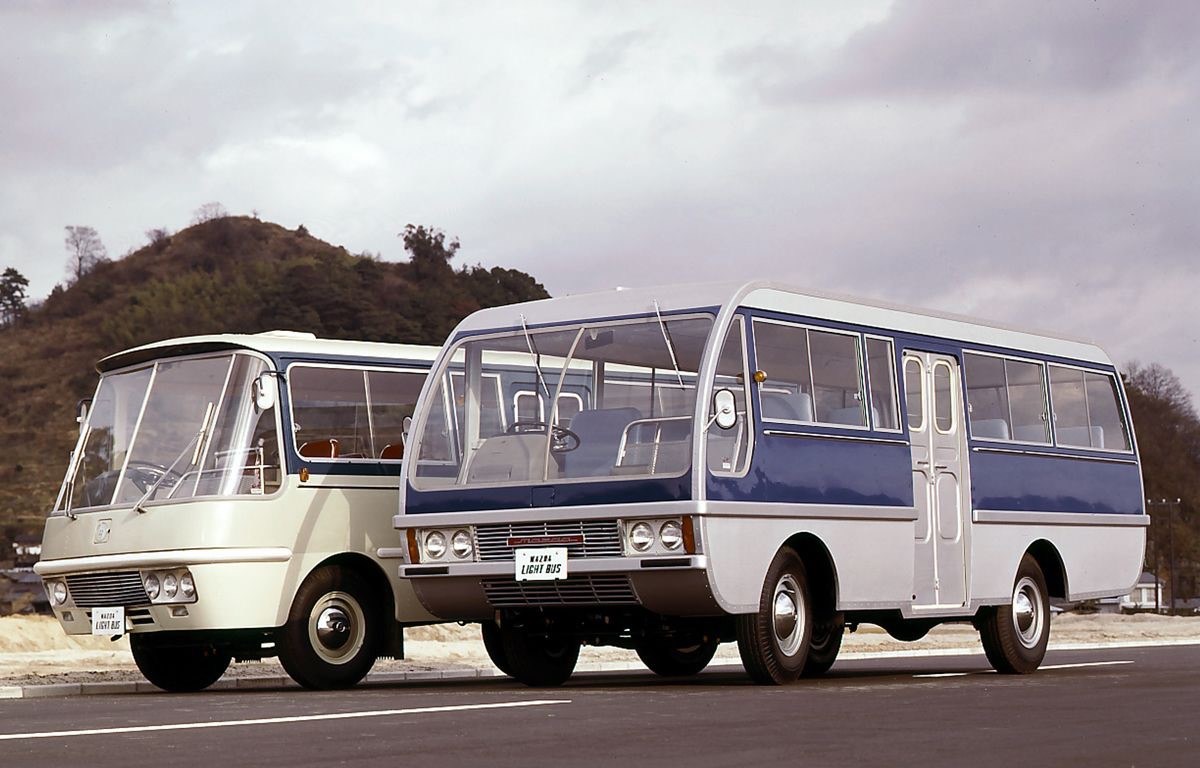
Hope you don’t mind if we pop these two together. Just because they’re both slightly odd takes on mass public transport.
The 1965 Light Bus Type-A 25-seater was Mazda’s first commercial bus, which is not big news in itself. Thing is, it looked pretty weird: based on a concept from the 1964 Tokyo Motor Show, it had a massive curved safety-glass windscreen and space-age styling cues.
Mazda used the Parkway name on later buses and of course it couldn’t resist making a rotary-powered one: the 1974 Parkway 26.
Suitcase car
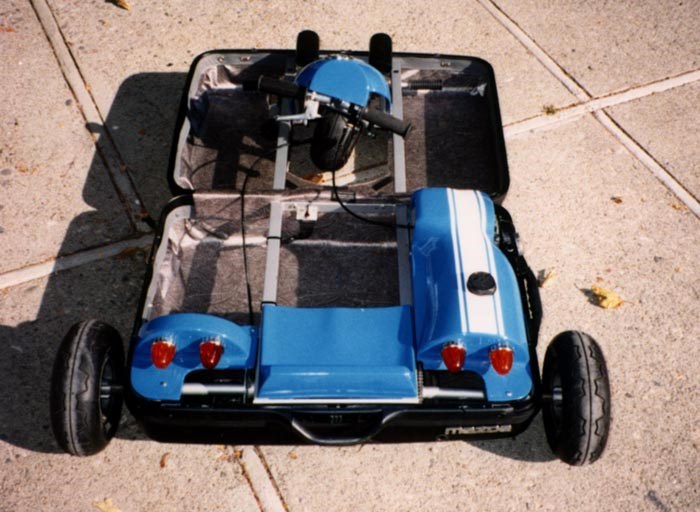
Long before anybody had thought of e-scooters, Mazda decided the ideal urban transport would be a go-kart that fit into a normal suitcase.
Created as part of a company innovation contest called Fantasy Yard in 1991, Mazda engineers purchased the largest Samsonite roller-case they could find and added a 33.6cc two-stroke engine, minibike handlebars and three wheels: two on the outside and a single front that popped out through a hatch.
Top speed was 30km/h, obviously dependent on power-to-weight and the rider. The original prototype was sadly destroyed in 1991; we like to think it was accidentally run over by a Pathfinder.
Road Pacer AP
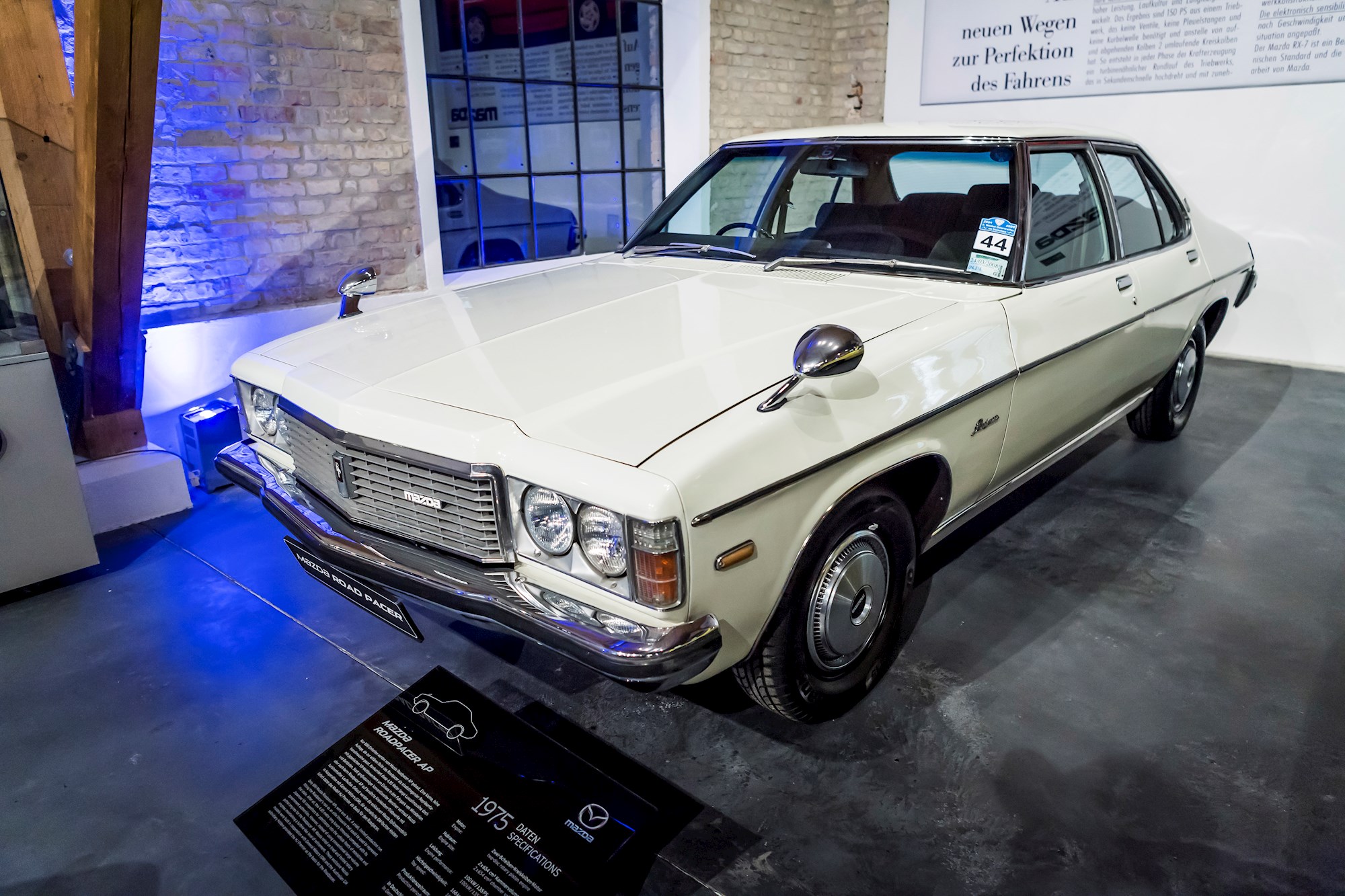
Okay, everybody’s heard of this. But what a machine - and an appropriate one to celebrate in a year that we not only mark Mazda’s centenary, we also say goodbye to the Holden brand for good.
In the mid-1970s Mazda was desperate to have a large executive car, especially for government high-ups. So it did the obvious thing: got Holden HJs from Australia and fitted a 13B rotary engine to create the Road Pacer AP (for “Anti-Pollution!).
It was actually all part of an exchange deal between General Motors (which was flirting with the idea of a rotary Corvette) and Mazda, which couldn’t afford to develop a luxury car from the ground up.
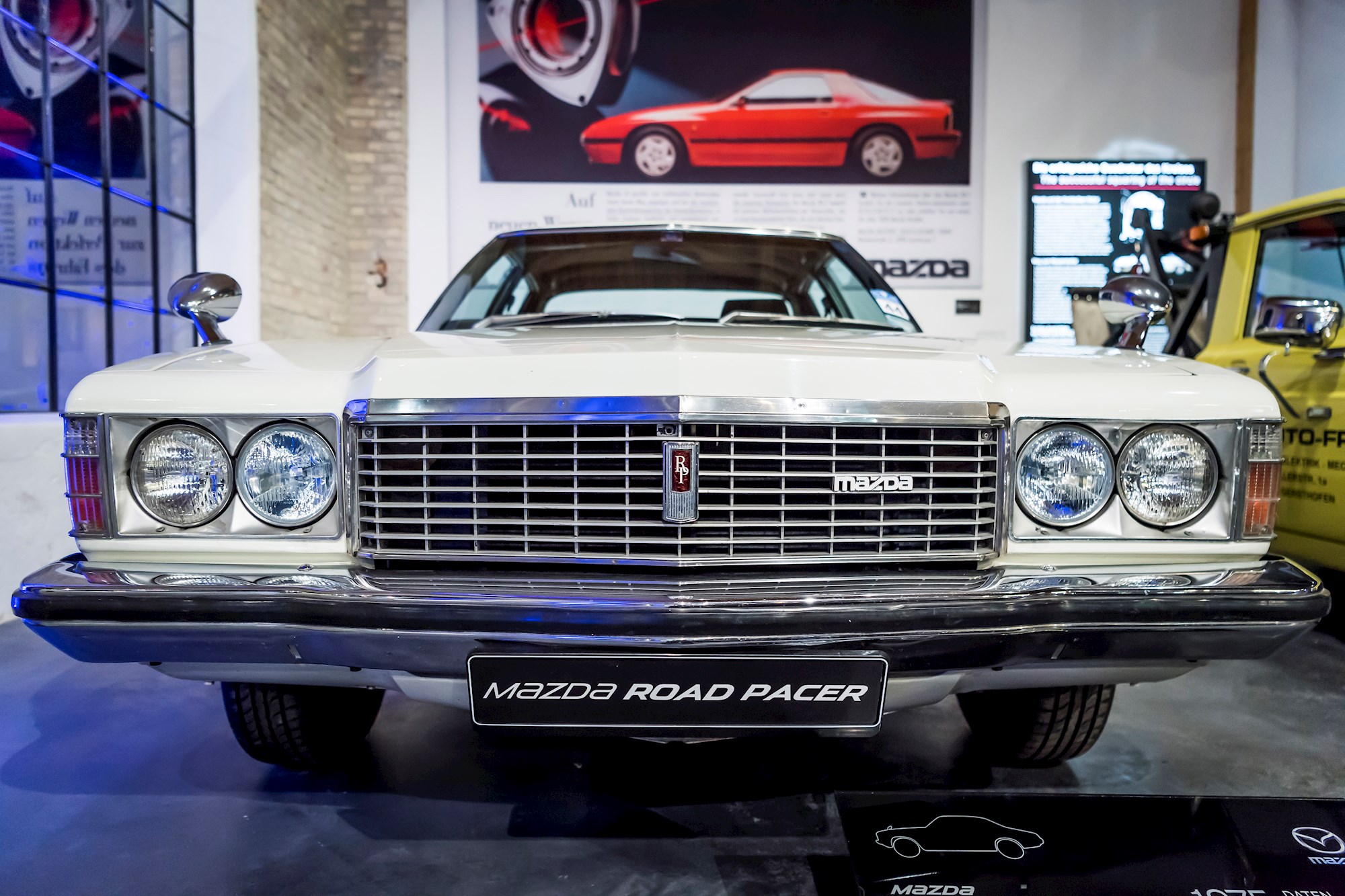
The Road Pacer boasted speed-controlled central locking and an integrated dictation machine. It was outrageously expensive, pathetically slow (100kW/138Nm) and so it remained very, um, exclusive: just 800 made between 1975-77.
But what a machine.


















